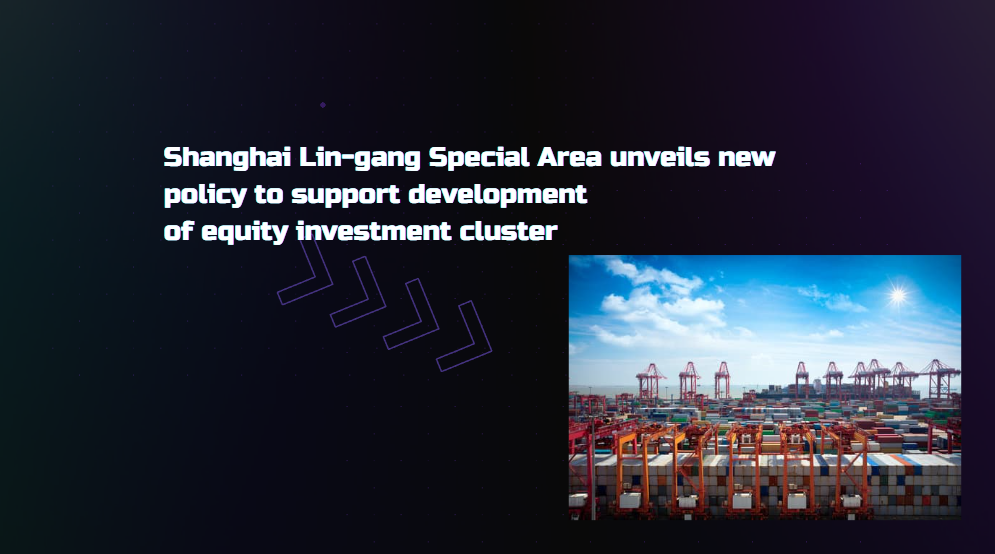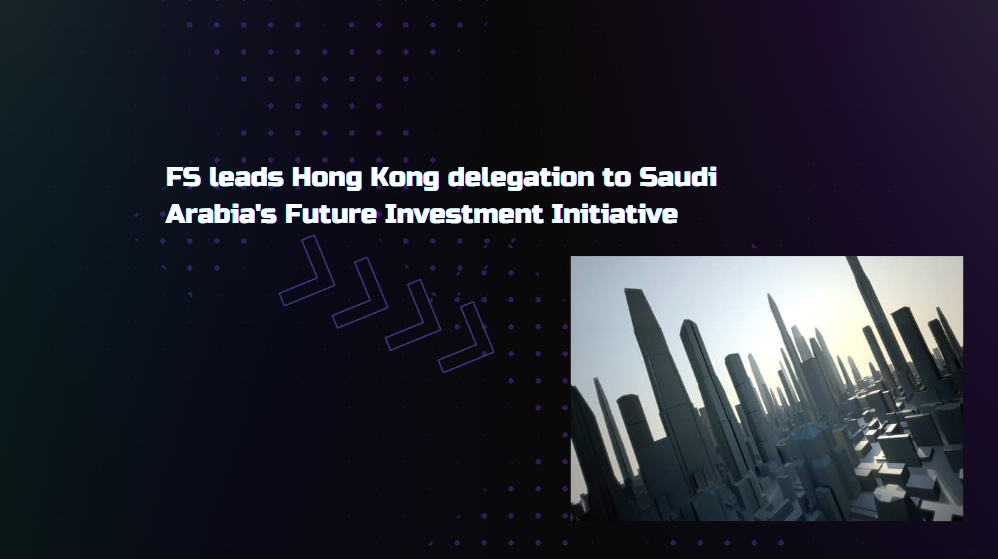Beijing's Dual Goals: Aiming to Lead Global Green and Digital Economies by 2035
In an era where cities are vying to be the next global powerhouse in sustainable and digital development, Beijing is making bold strides with a clear, ambitious goal: to become both a benchmark city for the green economy and a leader in digital innovation by 2035. These "twin engines" of growth, as recently highlighted by the Beijing Municipal Development and Reform Commission, position the city to shape the future of urban economies and inspire meaningful environmental progress worldwide.
Building a Future-Proof Green Economy
With remarkable achievements already under its belt—such as a 60% reduction in PM2.5 levels and a 50% cut in carbon emissions intensity over the past decade—Beijing has become a testbed for green innovation. Leading the charge, Yang Xiuling, head of Beijing's Development and Reform Commission, emphasized the city's significant edge in green technology and finance. By 2027, Beijing plans to increase green technology patents by 10% annually, adding to its 33,000-strong portfolio of green tech innovations and ramping up partnerships to foster even faster progress.
Seven Industries Shaping Beijing's Green Vision
Beijing's approach to the green economy is far from traditional. The city has laid out seven dynamic industries to drive its mission, from renewable energy and hydrogen fuel cells to intelligent logistics and autonomous driving. Already, Beijing's hydrogen-powered public buses and freight trucks—introduced during the Winter Olympics—are delivering a true “zero-emission” experience, fueling everything from public transit to cold-chain logistics.
At the heart of this green innovation is the advanced autonomous vehicle sector. Beijing is pushing the envelope with high-level autonomous driving zones, where smart logistics, eco-friendly infrastructure, and vehicle-to-infrastructure networks are transforming urban mobility. This effort aligns with China's broader strategy to lead in AI and automation, with Beijing at the forefront of making that vision a reality.
Five Model Projects Redefining Sustainable Urban Living
To ground this vision, Beijing is spearheading five flagship projects that blend green technology, urban livability, and cross-border partnerships. These include the construction of a “Garden City” where renewable energy, waste management, and recycled water systems are seamlessly woven into daily life. This urban model doesn’t stop at Beijing's borders—it links up with regional players like the Sino-Singapore Tianjin Eco-City and Xiong'an New Area, creating a network of eco-friendly zones within the Greater Beijing-Tianjin-Hebei region.
According to Hu Jiulong, Deputy Director of the Sub-City Center Management Committee, these initiatives are transforming the city's transportation and resource infrastructure. "We're setting up cutting-edge systems in autonomous transportation, but also advancing in recycled water distribution and solid waste reuse—building an urban ecosystem that's not just green but also globally connected,” Hu said.
Setting the Standard for Future Cities
For Beijing, 2035 is more than a deadline; it's the next big milestone in a journey toward global leadership in the green and digital economies. As more cities pivot towards these twin goals, Beijing's model—rooted in measurable success, regional partnerships, and international collaboration—presents a template for sustainable growth on a global scale. This vision, backed by both policy and real-world achievements, places Beijing at the forefront of what future cities can and should be.





















































First, please LoginComment After ~